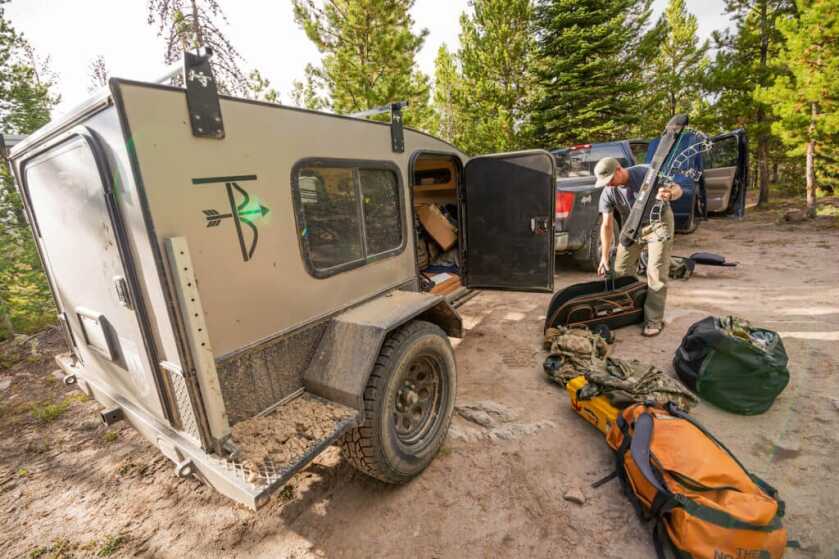
Estimated reading time: 7 minutes
It’s the season for backcountry elk hunting. And while this hunting style is highly romanticized, it’s tough. A true backcountry hunt will test your physical and mental limitations. Here are five pieces of must-bring gear that often need to be remembered or noticed. Double-check your pack, or make a quick online purchase.
Table of contents
25 Years of Backcountry Bowhunting
I’ve roamed the backcountry of the West for over 25 years in search of wapiti honey holes. I’ve found many. However, most of my locales are miles off the beaten path, requiring an extended hike and staying in the backcountry for multiple days.
Too often, early in my backcountry elk career, I bombed off into the wilderness half-cocked. I didn’t always have the essentials I needed. Other times, I had the gear I needed but didn’t have a replacement when I lost an item or experienced a mechanical failure.
Of course, weight is always heavy on every backcountry bow hunter’s mind. I’m not suggesting you take everything and the kitchen sink, but go through your list of items and be sure you have everything you need that will help make your hunt more enjoyable and successful.

Some items you’ll want to have a backup for in your pack or bino harness. Others, you can leave at the truck, and should disaster strike, you won’t have to go all the way home or the nearest town.
Backup Rangefinder Battery
It sounds dumb. It sounds elementary, and it is. Two years ago, however, I clicked my Leupold RX-4 rangefinder, and it didn’t turn on. It had been a spell since I’d changed the battery. I took a guess (53 yards) on the solid 6×6 public dirt bull and let an Easton fly. I shot right over his back. Left and right were perfect, but my range needed to be corrected.
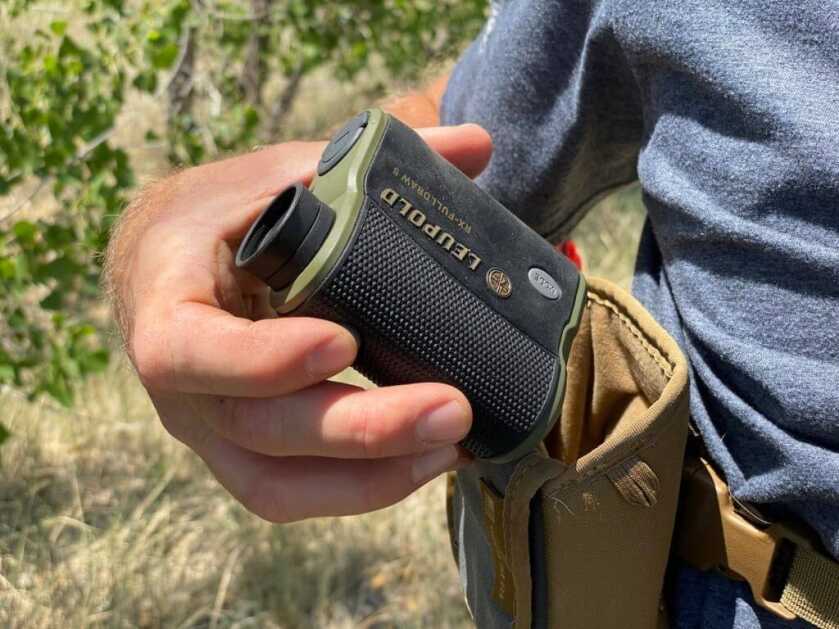
This was a mistake that could’ve been easily avoided. Consider this your reminder. Unless you changed your rangefinder batter in the last few months, change it right now. After you change your battery, buy two extras. Put one in your pack and one in your bino harness.
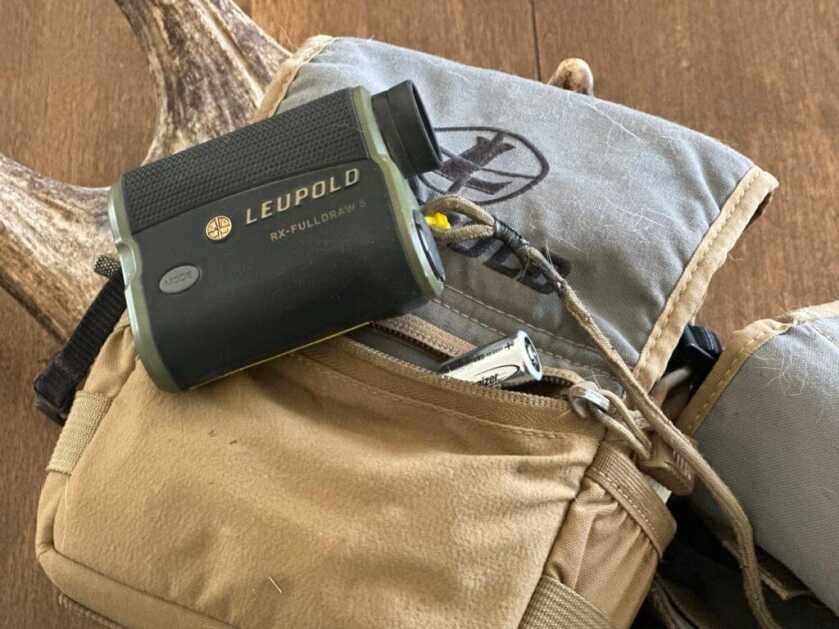
Extra Diaphragm Calls And A Bugle
I wish I had the money in bugle tubes left on the side of a mountain. I’m terrible about it. I sit down to eat lunch or take a break, set my tube on the ground, get up, and walk off. Not having a bugle tube can ruin a backcountry elk hunt.

Worse than losing a bugle tube is losing a call puch full of pricy diaphragms. I’ve done it twice. The first time, I was 7 miles deep in a Colorado wilderness. I removed my call pouch attached to a neck lanyard and left it near a stream.
READ MORE: Backcountry Prep: Test It!
Two days later, I walked 7 miles to my truck, drove to town, and bought new mouthcalls. The mistake cost me two full days of hunting.
I repeated the mistake the second time, but I’d learned from my mistakes. I created a replacement call pouch placed it in my pack with the exact favorite, broke-in, go-to diaphragm calls from Rocky Mountain Hunting Calls, and didn’t miss a beat.
Stop what you’re doing, stuff another bugle tube in your pack, and build a call pouch full of secondary diaphragm calls.
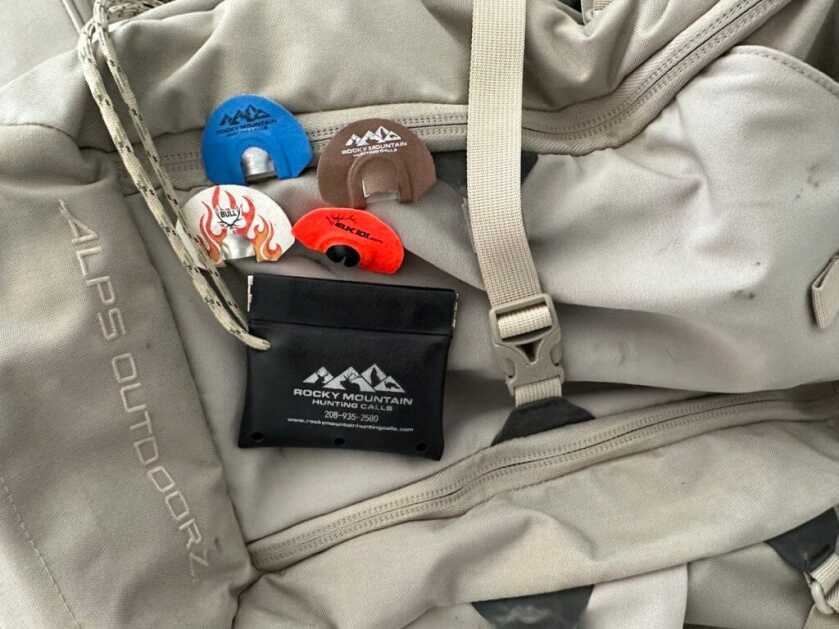
A Backcountry Essential: Extra Release
I know releases are pricy, but it’s worth spending the money and buying a second backup release. The backup release must be the same model as your primary release. I highly recommend setting up your backup release the same as your primary release and shooting it several times per week.
Available on GunsAmerica Now
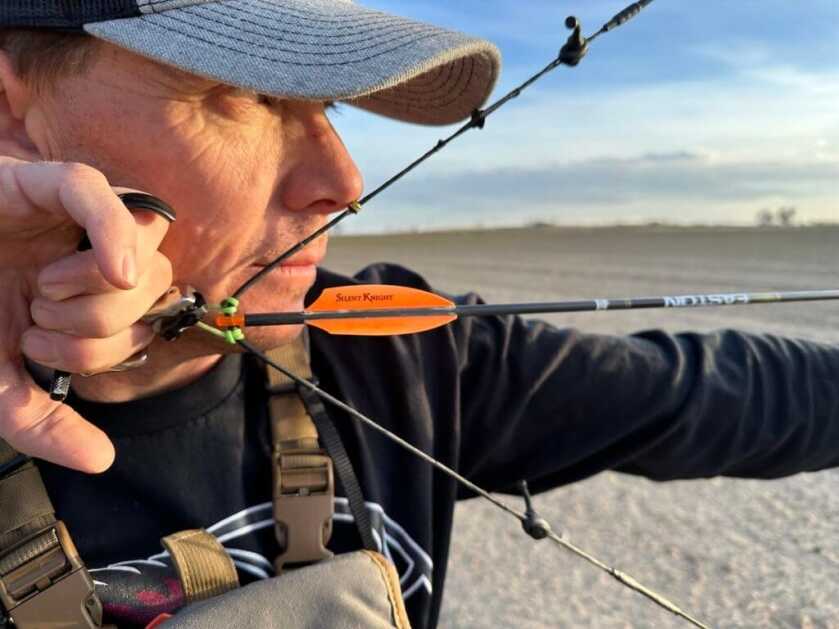
If you’re backup release is the same make and model as your main release, all the settings are the same, and if you shoot it several times a week, your confidence won’t wane when you have to switch to it.
Releases are mechanical devices and can fail. Releases can also be misplaced or lost on a hunt. This is especially true of handheld releases that don’t attach to a wrist strap. Don’t take the chance of getting miles deep into the backcountry and experiencing a catastrophic event.
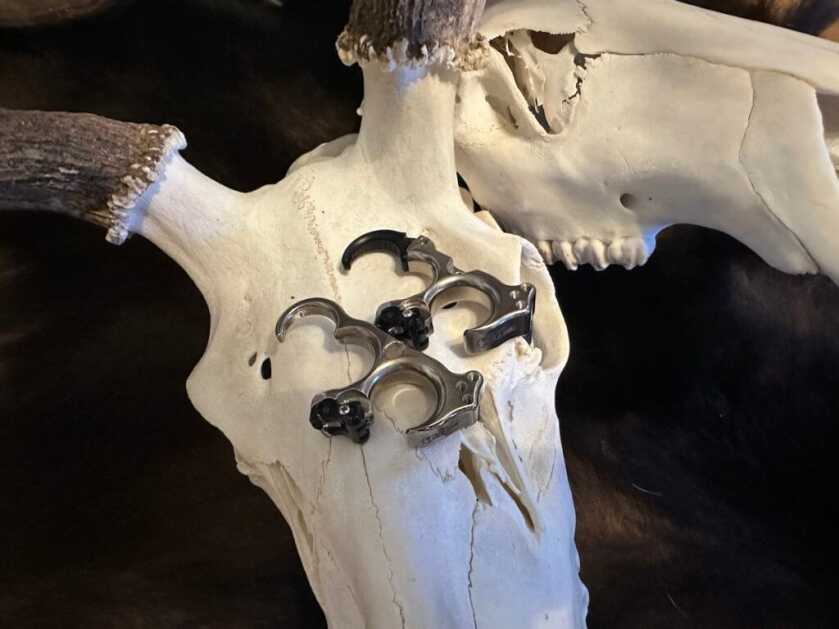
A Second Fixed-Blade Knife
I know replaceable-blade knives are the rage, and they have their place. However, when breaking down a bull elk, you want an excellent fixed-blade build. In addition to your fixed blade, like your release, have a good backup.
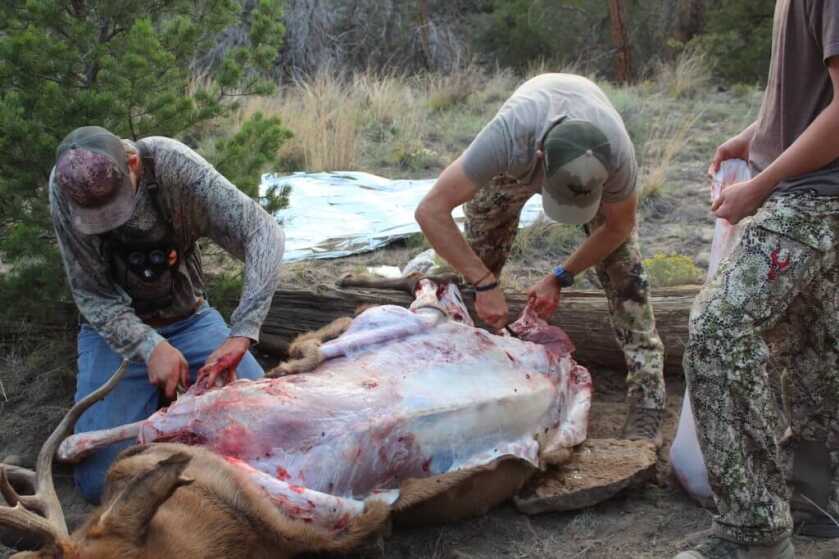
When making your fixed-blade selection, pick something other than what’s in the bargain bin at Walmart. Elk are big, heavy-boned animals, and I often use my fixed-blade knife to pry up on bones and joints. The better your fixed-blade build, the sharper it will stay, and the handle won’t become slippery in the hands.
Some of my main fixed-blade go-to knives are those from Benchmade, Browning, and Montana Knife Company. A good fixed-blade knife will make the chore of skinning, caping, and boning out an elk much more manageable.
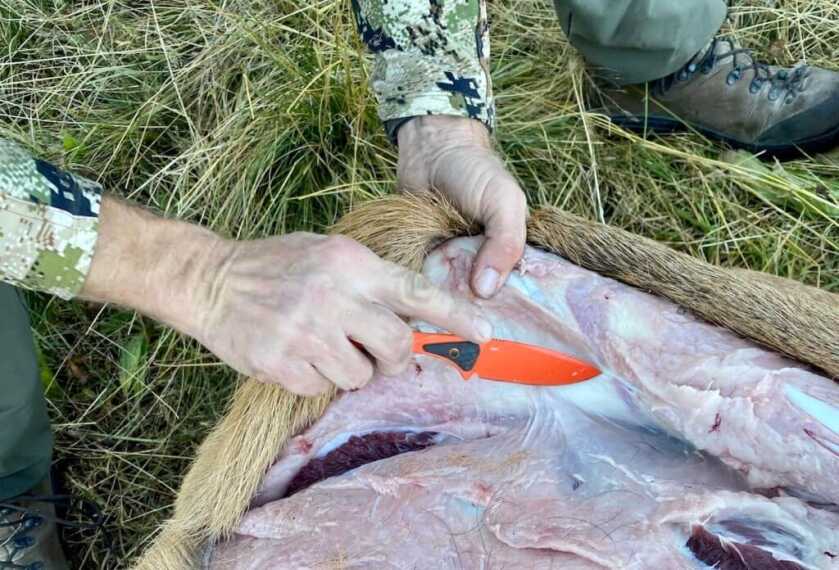
Extra Arrows
Several years ago, I took a tumble while hunting elk in a highly rugged country. My bow landed against a rock with the arrows facing toward the rock’s jagged edge. I had six arrows in my quiver, and all six snapped.
I was screwed. Typically, I get a single opportunity on most backcountry hunts, so I never took more than a half-dozen arrows. My 10-day hunt was over on day three.
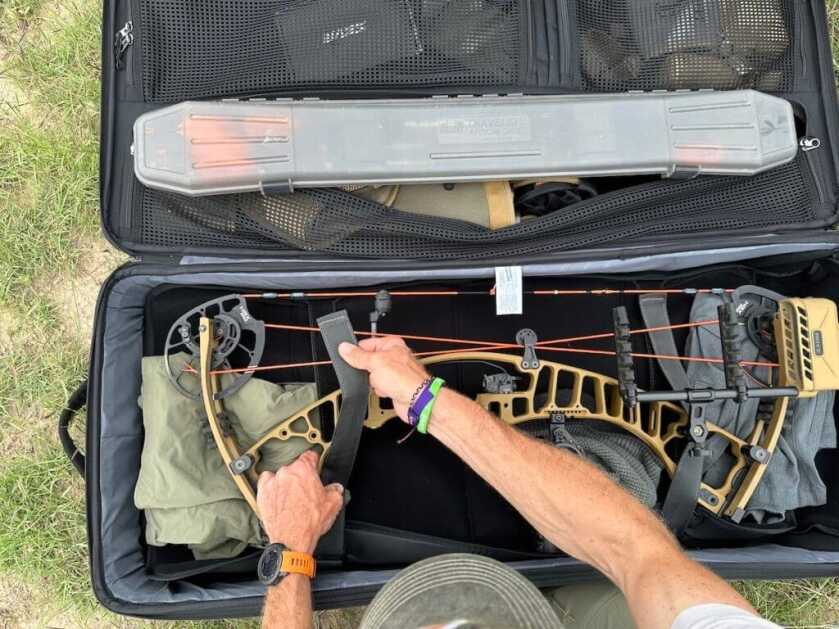
Today, I take a plastic arrow case from MTM, put a half-dozen extra arrows in it, lash it to my backpack, and haul it into the elk woods.
Final Thoughts On Backcountry Gear
I realize none of the above is intel on a bold new product that will vastly up the chances of you bringing home hundreds of pounds of meat, a rack, and a set of ivories. However, hard-hitting need-to-know intel could save your backcountry bowhunt from becoming a disaster.
*** Buy and Sell on GunsAmerica! ***












